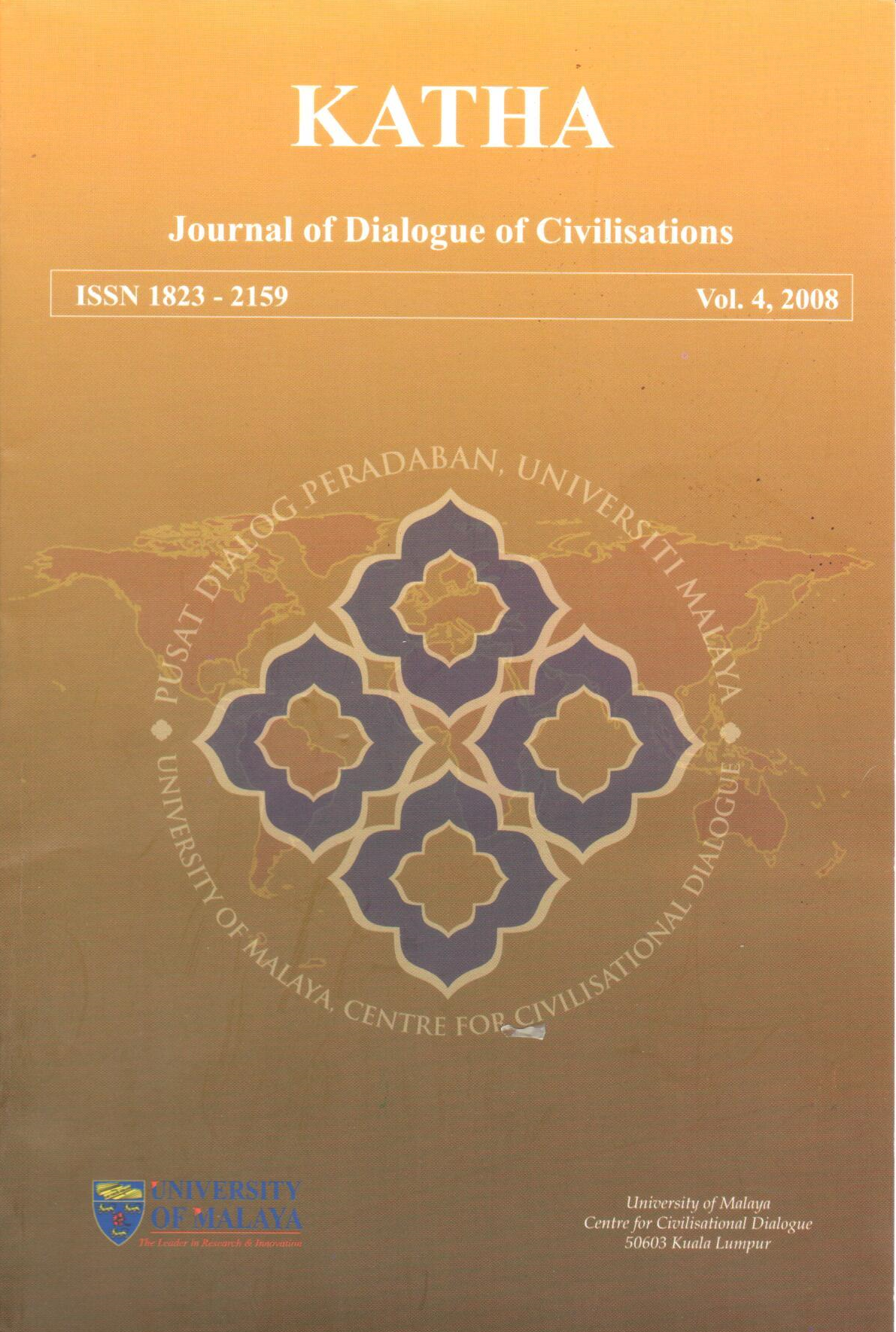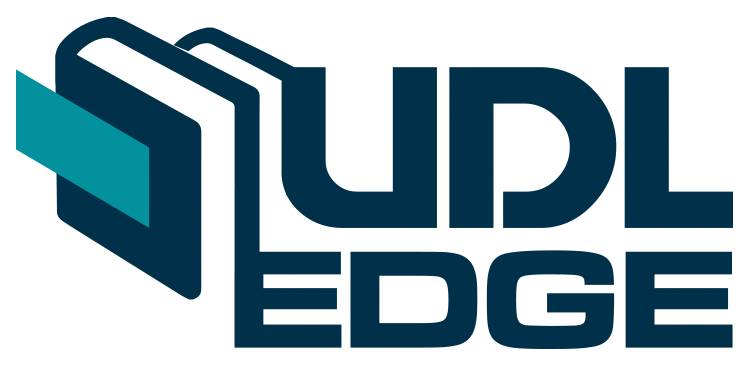The Islamic View of Christianity
Abstract
This paper aims at clarifying the traditional Islamic views of Christianity based on Qur’an and Hadith and the interpretations of these twin primary sources of Islam by Muslim religious authorities over the centuries. In light of the Qur’anic Christology, the paper presents a critical review of the Muslim understanding of Christian theology as well as its ethnic and religious practices. In particular, the paper discusses the traditional Islamic view of the Christian doctrine of Trinity and of Incarnation. A special reference is made to the view of Ibn ‘Arabi in the subject. The paper also discusses what the absence in Christianity of a divine law, the shari’ah , as understood in both Judaism and Islam, means to that religion particularly In terms of its capability to offer a life of equilibrium between the spiritual and the temporal for its ordinary believers. Also touched is the Muslim belief of abrogation of one divine revelation by a subsequent revelation. This belief has implications for the Muslim attitudes toward other religions, including Christianity. Finally, the paper discusses the major factors that have brought about changes, more often negative, in the Muslim-Christian relations in the modern world.
Downloads
Downloads
Published
How to Cite
Issue
Section
License
Articles submitted to the journal should not have been published before in their current or substantially similar form, or be under consideration for publication elsewhere. Authors submitting articles for publication warrant that the work is not an infringement of any existing copyright and will indemnify the publisher against any breach of such warranty. For ease of dissemination and to ensure proper policing of use, papers and contributions become the legal copyright of the publisher unless otherwise agreed. By submitting a manuscript, the author(s) agree that copyright for the article is transferred to the publisher, if and when the manuscript is accepted for publication. However, it can be reprinted with a proper acknowledgment that it was published in KATHA.

This work is licensed under a Creative Commons Attribution-NonCommercial-NoDerivatives 4.0 International License.




